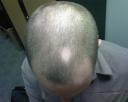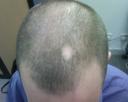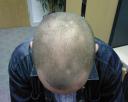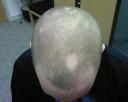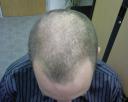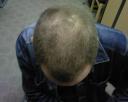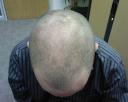Women’s Hair Loss Survey Debunks Myths.
11.01.2008 in FEMALE HAIR LOSSEvidence Shows Early Signs of Hair Loss Coincides With Birth Control Pill Use.
In a survey conducted during the months of November and December 2007 by The Women’s Hair Loss Project a website uniting and empowering women around the world who suffer from hair loss, one-fifth of 517 female respondents said that they began to see signs of hair loss between the ages of 15 and 20. These results debunk the myth that women primarily suffer from hair thinning as they age. It also reaffirms scientific studies linking hair loss to the use of birth control pills.
Website survey participants were asked: “How old were you when your hair loss first started?” Results signified that hair loss onset is strongly weighted during one’s teen years, tapering off to just three percent after age 60.
Complete survey results are as follows:
– Age 15-20: 20%
– Age 20-25: 19%
– Age 30-35: 18%
– Age 40-50: 17%
– Age 25-30: 14%
– Age 50-60: 9%
– Age 60+: 3%
“Information from both member emails and our recent survey are telling,” explained the Project’s founder. “A considerable number of women start to lose their hair at a young age, coinciding with the use of birth control pills.
This can be extraordinarily crippling to a woman’s self-esteem at any age, but even more so during these extremely delicate years of self-discovery.”
Though surprising to most women, even The Mayo Clinic warns that birth control pill use may result in hair loss.
“The Women’s Hair Loss Project aims to educate women about various risks, while fostering a supportive and empathetic environment,” she continues. According to The American Hair Loss Association (ALHA), all women,
especially those with a family history of hair loss, should be aware of the drugs potential for exacerbating the issue, recommending the use of low-androgen index pills or another non-hormonal form of birth control.
To learn more about this survey and other important information regarding women’s hair loss, visit
About The Women’s Hair Loss Project
The Women’s Hair Loss Project is an interactive blog uniting and empowering women around the world. The website provides up-to-the-minute news, tips and information to help sufferers’ understand and cope.
Do you have Hair Loss Problems, read our Hair Loss Help
no comment






